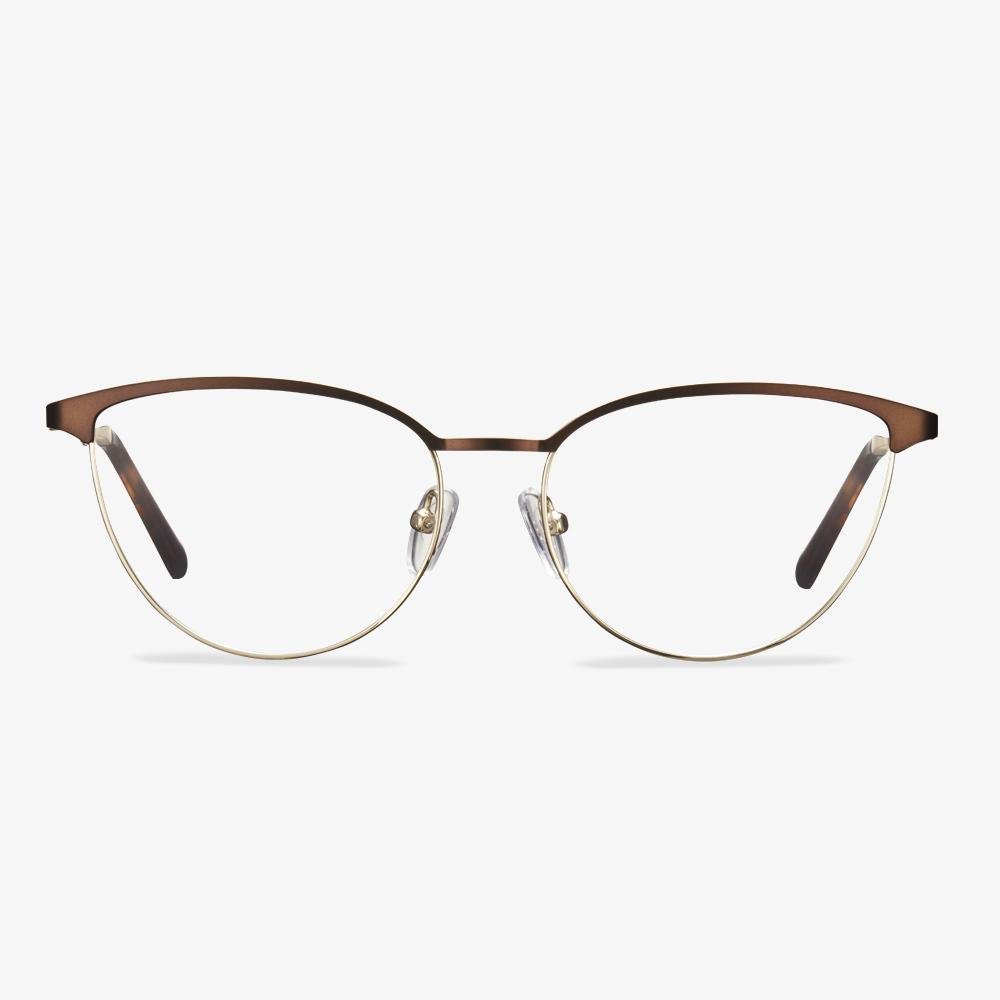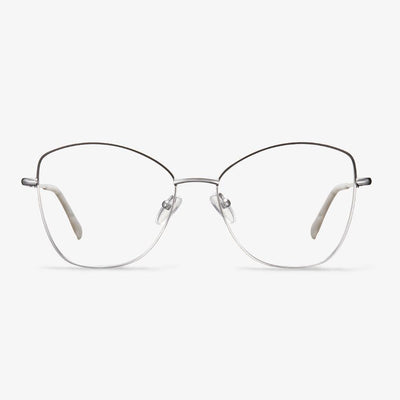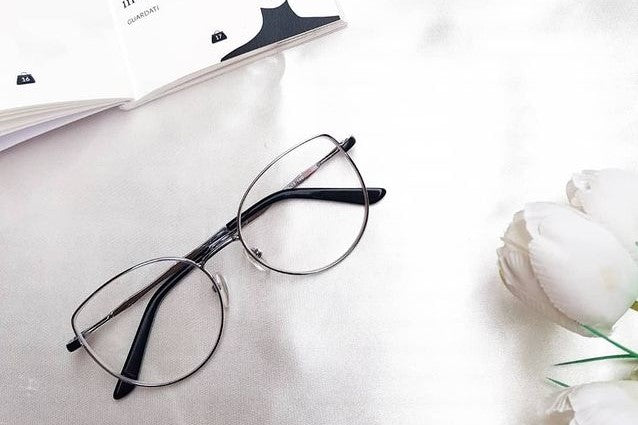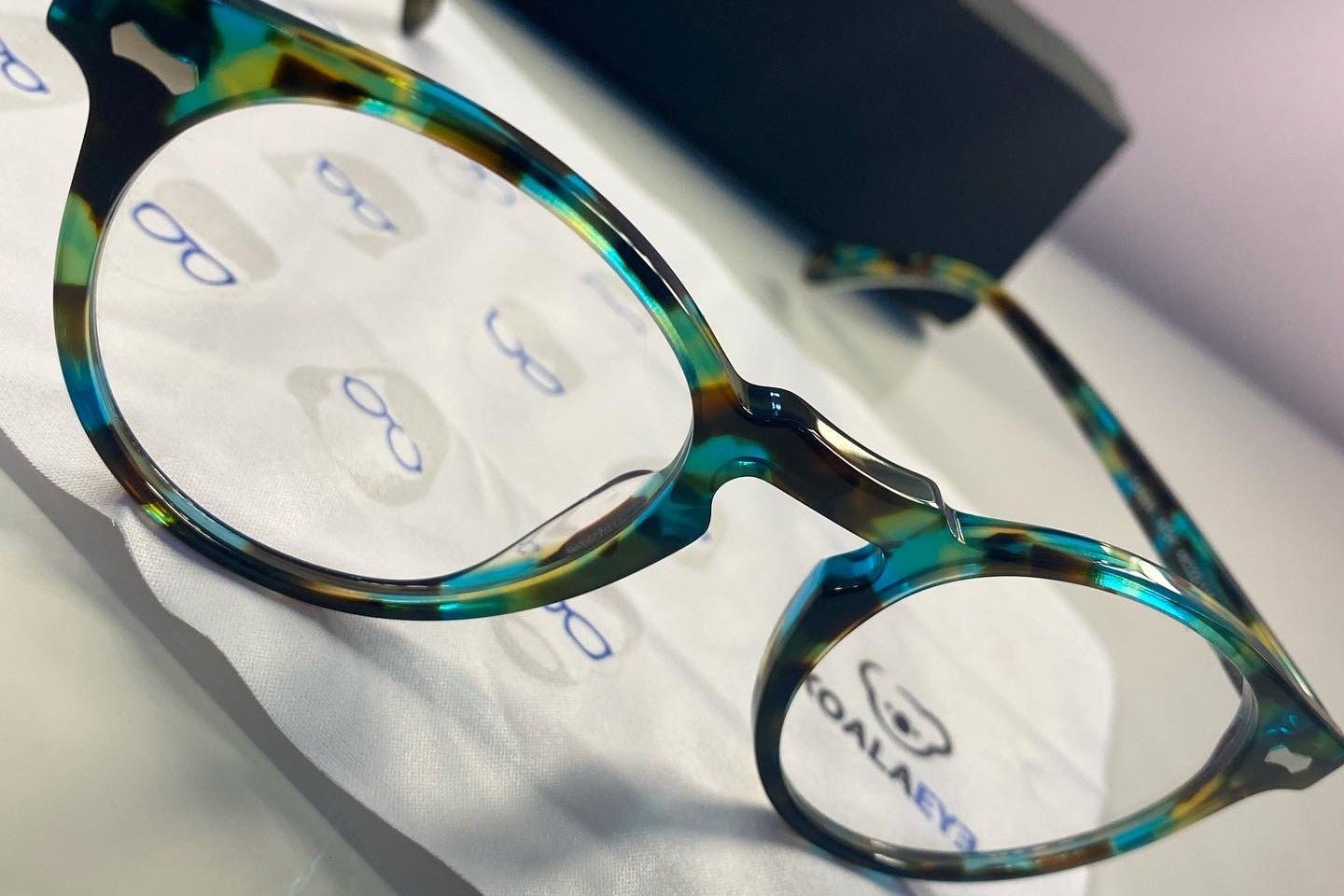New Fashion Police Men's Polarized Sunglasses Driving Glasses
They have high quality. The lens material is a polarized lens. The frame color is silver/gold/brown/black and the visibility rate is 99(%). UV protection rating is UV400,with 100% UV protection. They are suitable for driving, fishing, daily leisure.
Most accidents happen at night and before dawn, which has a lot to do with glare and the problem of many people having blurred vision in the dark. Every driver knows the trouble of driving at night: glare, bright reflections, and bright lights from oncoming traffic. In addition, poor visibility at night can make driving tiring and dangerous!
Can clear lenses be polarized?
At present, there are no clear polarized lenses. A polarized lens is a thin film vertically arranged with silicon crystal coating placed inside the lens, just like a shutter, which covers the parallel light and only allows the vertical light to pass through. In this way, the glare from all directions can be eliminated, so it is clear and comfortable to wear. Transparent polyamide, the material of nylon lens, is a new variety of polyamide. The material of the nylon lens is mainly transparent polyamide. Due to the effect of the light filter, only light from a specific direction is allowed to pass through the lens, which filters the dazzling light from the sun on the water, land, or snow very well. It can not only make the landscape soft, clear, and natural but protect the eyes to a certain extent.
Reading Glasses
At present, there are two prescriptions for reading glasses. One is to adjust the power of glasses with clear objects at close range, plus 1/3 of the power for adjustment. The other is to use low power that can see close objects clearly. The practice of many elderly people has proved that the latter one is better between two methods.
Step-by-Step Glasses Size Guide
In this section, we will show you how to perform glasses measurements. But the first thing is to know what face shape you have. If you do not know, click here to have a check.
Then you need to know where to find the size measurement of your glasses. In general, you will find numbers that look like this 51-17-145 at the temples of your eyeglasses. Of course, these numbers come at different meanings.
The first number often refers to the lens width. Lens width is the horizontal diameter of the lens at its widest point. In optometry, another term is eye size.
The second number often means the bridge width. Bridge width is the part that joins the two lenses and sits over the nose. Some refer to this as the gap. The bridge width varies between 14 and 24 millimeters.
The third number often means the temple length. The temple is the arm that keeps the sunglasses on your face. That arm extends to the part that hangs on the ears. The length is usually 135, 140, or 145 millimeters.
Lens height measures the size of the lens vertically, that is from the top to the bottom of the lens. Although sizes may differ depending on the brand, the standard size is somewhere between 32 and 38 millimeters.
About industrial pure titanium
For the industrial pure titanium, titanium content is not less than 98%, containing a small amount of oxygen, nitrogen, hydrogen, carbon, silicon, and iron impurities such as dense metal. The labels are TA1,TA2,TA3,TA4. It's arranged by more and more impurities. The TA1 titanium content is more than 99.5%, and the price is not high. But no matter which links, for molding, welding, polishing, processing difficulty is very great.The price of almost all titanium alloys in the national standard is higher than that of pure titanium.
In reality, the price of β titanium is higher than pure titanium. Pure titanium is almost no elastic, but β titanium is not only elastic, and has the advantages of ultra-light corrosion resistance. β titanium does not have a specific composition. Memory titanium can cost tens or even tens of times as much as pure titanium.
Using memory alloy to make glasses frame is the use of its superelastic characteristics at a certain temperature (elasticity is several times that of stainless steel) and did not use its memory function. Compared to beta-titanium, memory titanium is so difficult to process. It is so elastic that shaping is difficult and impossible at room temperature, and memory titanium heat treatment is another difficult and even secret process.
Single Vision vs Progressive: What Are Their Differences
In this part, we will show you some differences between single vision and progressive lenses. They differ in several factors, so here we will compare them one by one.
Progressive lenses generally have their reading zones just in the lower half of the lenses, while single vision glasses have the reading power all over the lens. So if you are working on something above your head and you need to see some small details, the progressive lenses will not work. And you can not see through the reading zone in progressive you need to switch to single vision reading glasses.
Single vision glasses are cheap than progressive lenses. Compared to progressive glasses, single vision glasses hold way fewer distortions in the periphery. So, there is no need to customize the lens design to the max. In addition, single vision glasses are often available in the optical store while the progressive often needs to be produced for you. In other words, the delivery time of single vision lenses will be shorter for you.
You can use your progressive glasses optimally just in an upright posture. As soon as you lay down on your couch, this will lead to blurry vision. The reason is your changed position which forces you to look lower through the lenses on the screen. However, with single vision glasses, you can change to an upright position and it would not be a problem anymore. You can position yourself on your couch as comfortably as you want and you can still see clearly with your single vision distance glasses.
Design principle of aspheric lens
Early optical lenses use spherical lenses. Because the glasses were small round frames, the problem of lens edge aberration was not paid attention to. It wasn't until large frames became popular that the problem became apparent. For the spherical lenses, aberration cannot be corrected with the combined lens. Only a few variables of the lens can be found to reduce aberration and improve clarity. Aspheric lenses are designed to reduce the aberration of optical correction lenses and to make lenses flatter and reduce lens magnification. We can get clearer, thinner, lighter-quality lenses. Thus, aspheric lenses are used to reduce aberration and astigmatism to a minimum, close to the natural vision of the naked eye. The spherical aberration can be reduced by changing the curvature of the edge. The refraction in the central region is high and decreases evenly toward the edges.











































